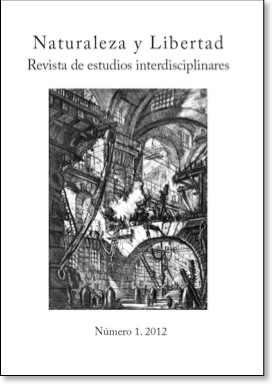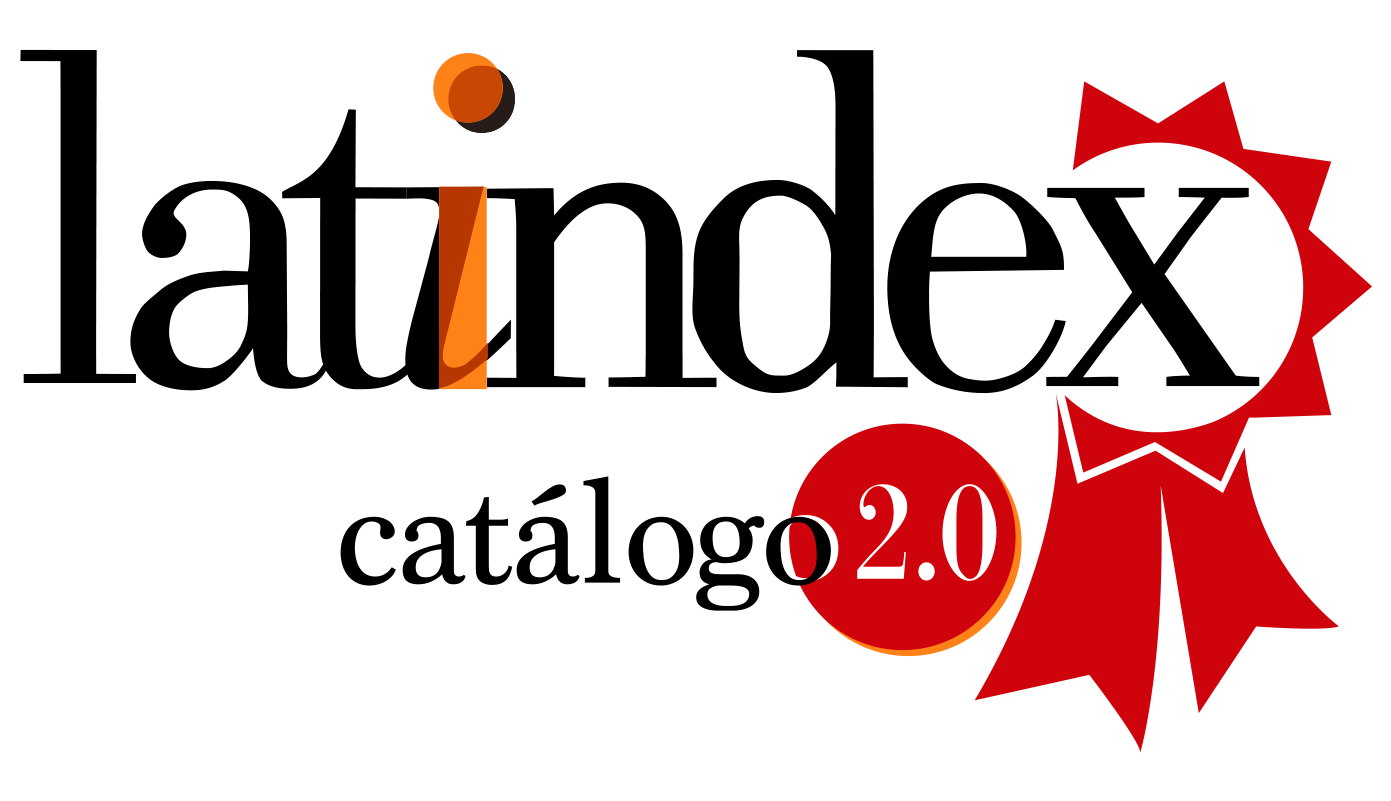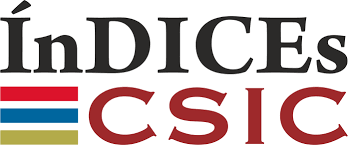Instrumentalismo y realismo en la física de James C. Maxwell
DOI:
https://doi.org/10.24310/nyl.v1i1.3976Keywords:
Método científico, instrumentalismo, realismo, campo electromagnético, Maxwell,Abstract
Resumen: Los tres artículos publicados entre 1856 y 1864 por Maxwell han sido analizados con el fin de estudiar el método de la analogía científica utilizado en la construcción de la teoría del campo electromagnético. Dicha teoría consiste en un formalismo matemático con significado físico. El procedimiento seguido por Maxwell proporciona un medio idóneo para examinar cómo se construyen los términos científicos y cuál es el papel que desempeñan en la formación de la teoría científica. A tenor del análisis realizado, la teoría de Maxwell muestra que el papel de la ciencia no es revelar entidades reales escondidas bajo apariencias sensibles, sino construir un formalismo matemático significante a partir de datos experimentales.
Palabras clave: Método científico, instrumentalismo, realismo, campo electromagnético, Maxwell.
Abstract: The three papers published between 1856 and 1864 by Maxwell have been analyzed in order to study the method of scientific analogy applied to construct the theory of electromagnetic field. The theory consists of a mathematical formalism with physical meaning. The procedure followed by Maxell is a valuable subject to examine in order to understand how scientific terms are defined and it is also a useful way of investigating the function they played in the construction of theories. This analysis shows that the role of the empirical science is not to discover real entities hidden under sensible appearances, but to build up a meaningful mathematical formalism from experimental data.
Key words: Scientific method, instrumentalism, realism, electromagnetic field, Maxwell.
Recibido: 26/07/2011. Aprobado: 10/12/2011.
Downloads
Metrics
Downloads
Published
How to Cite
Issue
Section
License
Those authors who have publications with this journal, accept the following terms:
1. Copyright and licensing information are clearly described on the journal’s web site: all content published in Naturaleza y Libertad is open acces without limit, and are subject to the Attribution-NonCommercial-ShareAlike 4.0 International (CC BY-NC-SA 4.0) license. The full text of which can be consulted at https://creativecommons.org/licenses/by-nc-sa/4.0/
2. It is the responsibility of the authors to obtain the necessary permissions for the images that are subject to copyright. The authors whose contributions are accepted for publication in this journal will retain the non-exclusive right to use their contributions for academic, research and educational purposes, including self-archiving or deposit in open access repositories of any kind. The electronic edition of this magazine is edited by the Editorial de la University of Malaga (UmaEditorial), being necessary to cite the origin in any partial or total reproduction.
3. This journal allows and encourages authors to publish papers on their personal websites or in institutional repositories, both before and after their publication in this journal, as long as they provide bibliographic information that accredits, if applicable, your posting on it.
4. In no case will anonymous papers be published.





18.png)













